Expressionists: did Tate’s show need to emphasise the women when Kandinsky is the standout genius?
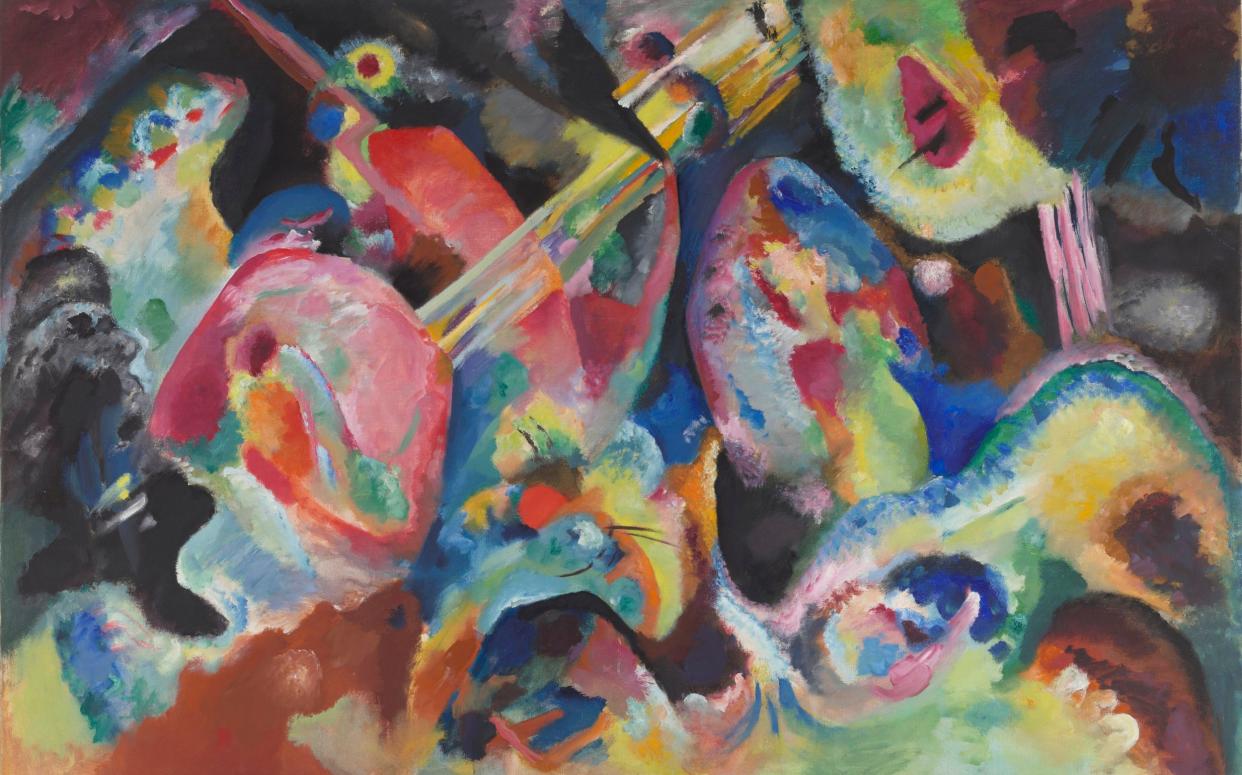
- Oops!Something went wrong.Please try again later.
- Oops!Something went wrong.Please try again later.
There hasn’t been a big survey of German Expressionism in Britain like this since 1960, focusing on the Blaue Reiter (Blue Rider) group founded by Wassily Kandinsky and Franz Marc before the First World War.
Three-quarters of the exhibits have come from Munich’s Lenbachhaus museum (to which Gabriele Münter, a forceful painter, and Kandinsky’s partner, donated her collection), as well as the Münter foundation, which it helps to manage. Plentiful strange and ferociously glowing masterpieces make catching Tate’s exhibition a must.
Yet, the Royal Academy’s Making Modernism exhibition stole some of its thunder two years ago, and the framing – fastidiously committed to Tate’s strategy of “rethinking Western canonical art history” – can be peculiar. Appealing to “creatives today”, curator Natalia Sidlina deploys as many buzzwords as possible, so that we hear about collectives, neurodiversity, “gender fluidity”, racist “imperialism”, “environmental issues”, “transnationality”, even Ukraine.
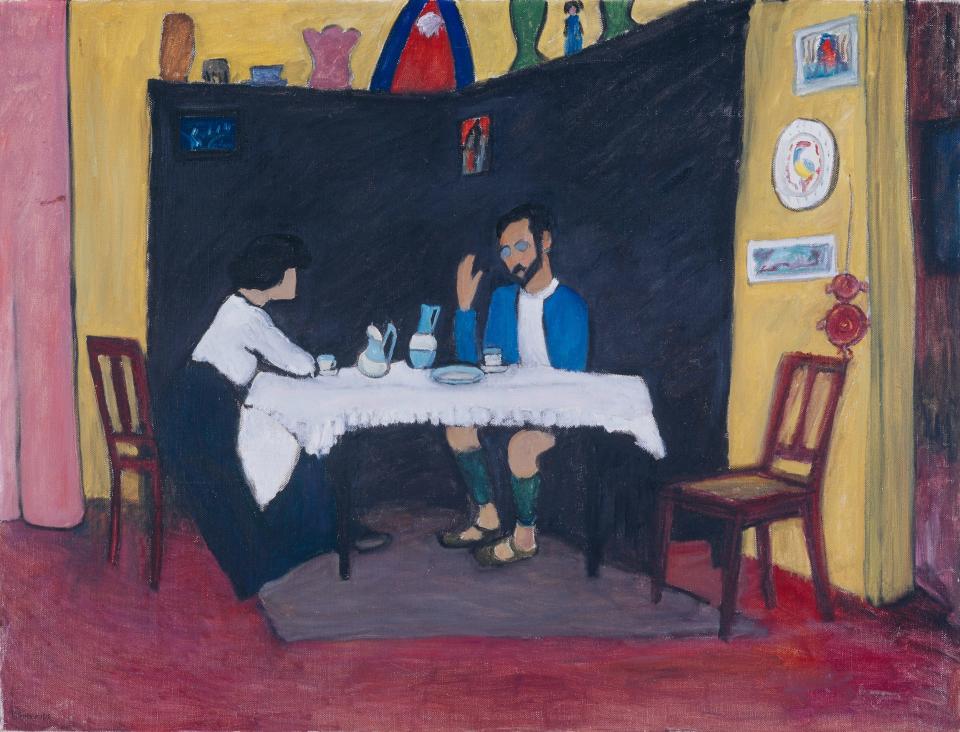
Various Blue Rider artists are described as “privileged” (who cares?), while a “non-androcentric” approach emphasises the group’s women. Moreover, Tate seemingly now considers any stylistic, formalistic analysis of a work of art awkwardly retrograde and infra dig.
The exhibition takes forever, too, to get to the point. The publication of The Blaue Reiter Almanac (1912), with Kandinsky’s woodcut of St George on the cover, comes at the end, while that crucial period when the artists gathered and developed their ideas in the Bavarian Alps at Murnau (a psychedelic meeting-place, according to their visions, of sticky-looking structures, like globs of Turkish delight, beneath pitched roofs) is only addressed halfway through. There’s too much preamble – including Münter’s black-and-white photography, which diverts attention away to Tunisia and even Texas.
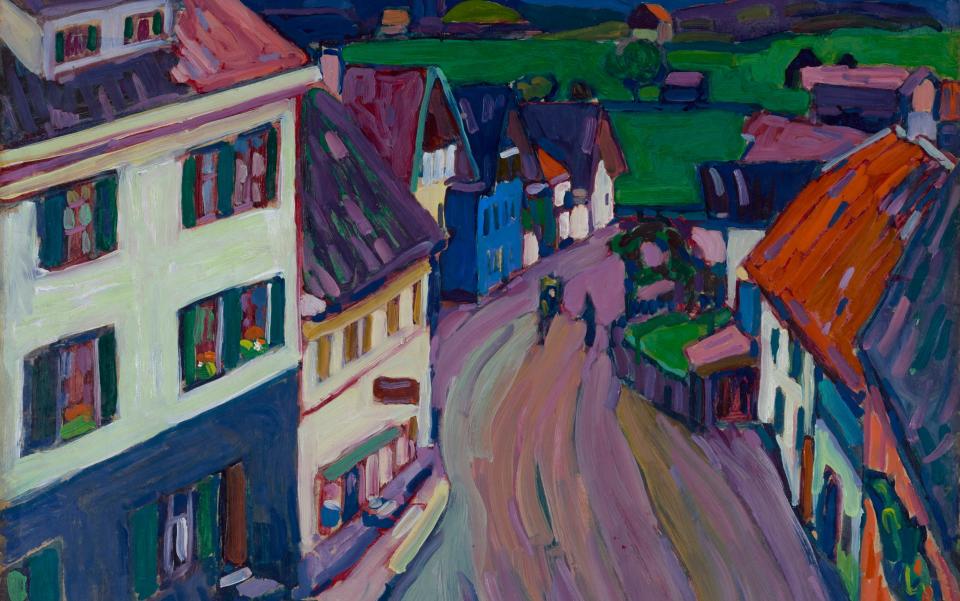
No fewer than 17 stylistically diverse protagonists are introduced, as Sidlina studiously refrains from hero-worshipping individual talent, and sometimes even ghettoizes dominant artworks on side-walls. Yet, I doubt anyone would miss, say, Albert Bloch’s canvases, while there should have been more by Alexej Jawlensky, likewise represented by just two paintings.
The latter’s partner, the Russian aristocrat Marianne Werefkin – who appears like a socialite in a suave, plum-and-pink portrait of her by Erma Bossi – has more prominence than most, as she did at the RA. I counted 10 paintings by her at Tate Modern, but they blanche and shrivel when compared with anything by Münter, who, in an astonishing, eerie likeness from 1909 (which says far more about its maker’s temperament than its subject), depicted her as a sort of luminous and possessed, green-skinned witch.
Similarly, you sense in almost everything here by Kandinsky (who sought not to “reproduce nature directly”, but “to give artistic form to inner nature, i.e. spiritual experience”, and could be torrentially brilliant), something incandescent and inspired.
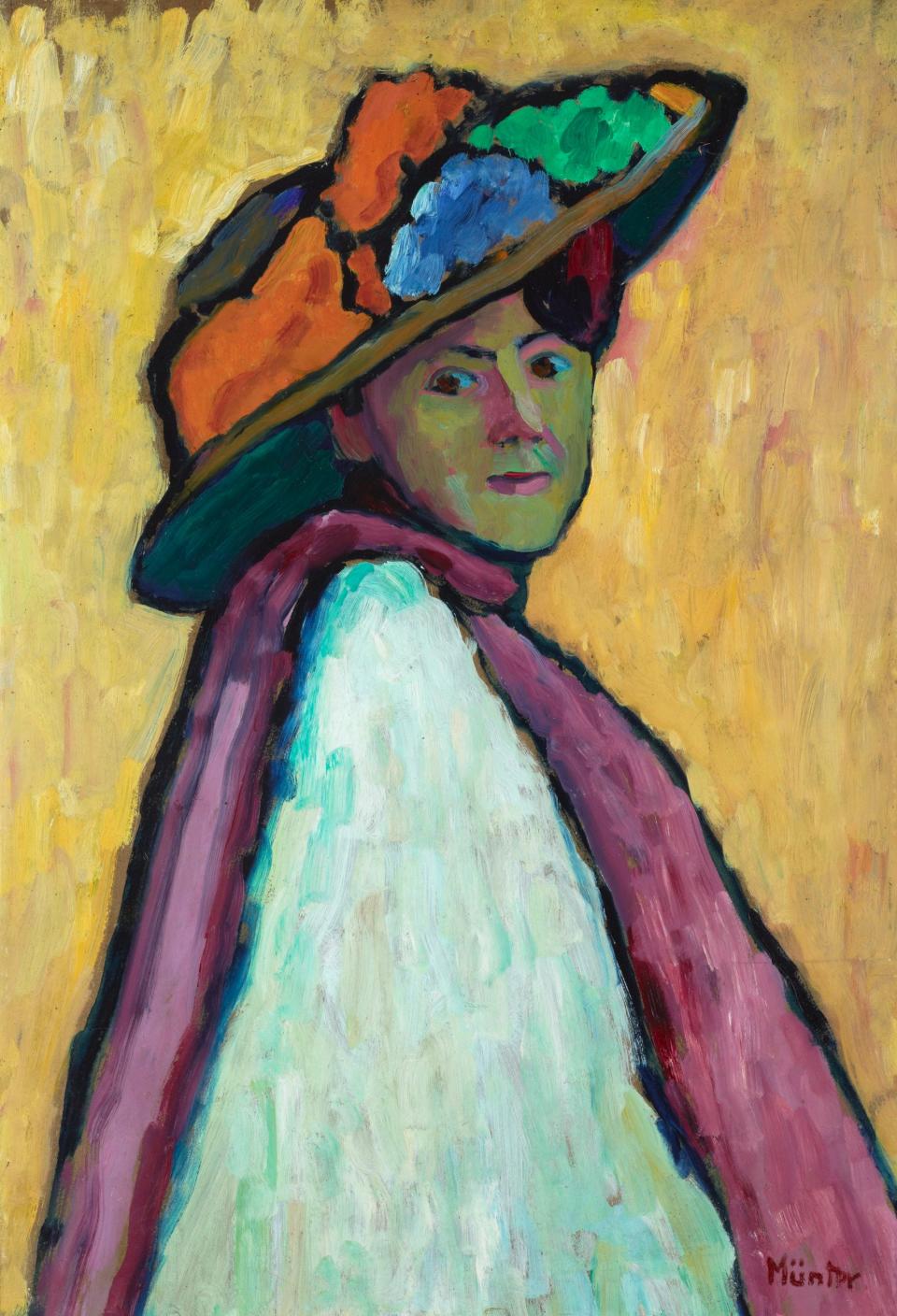
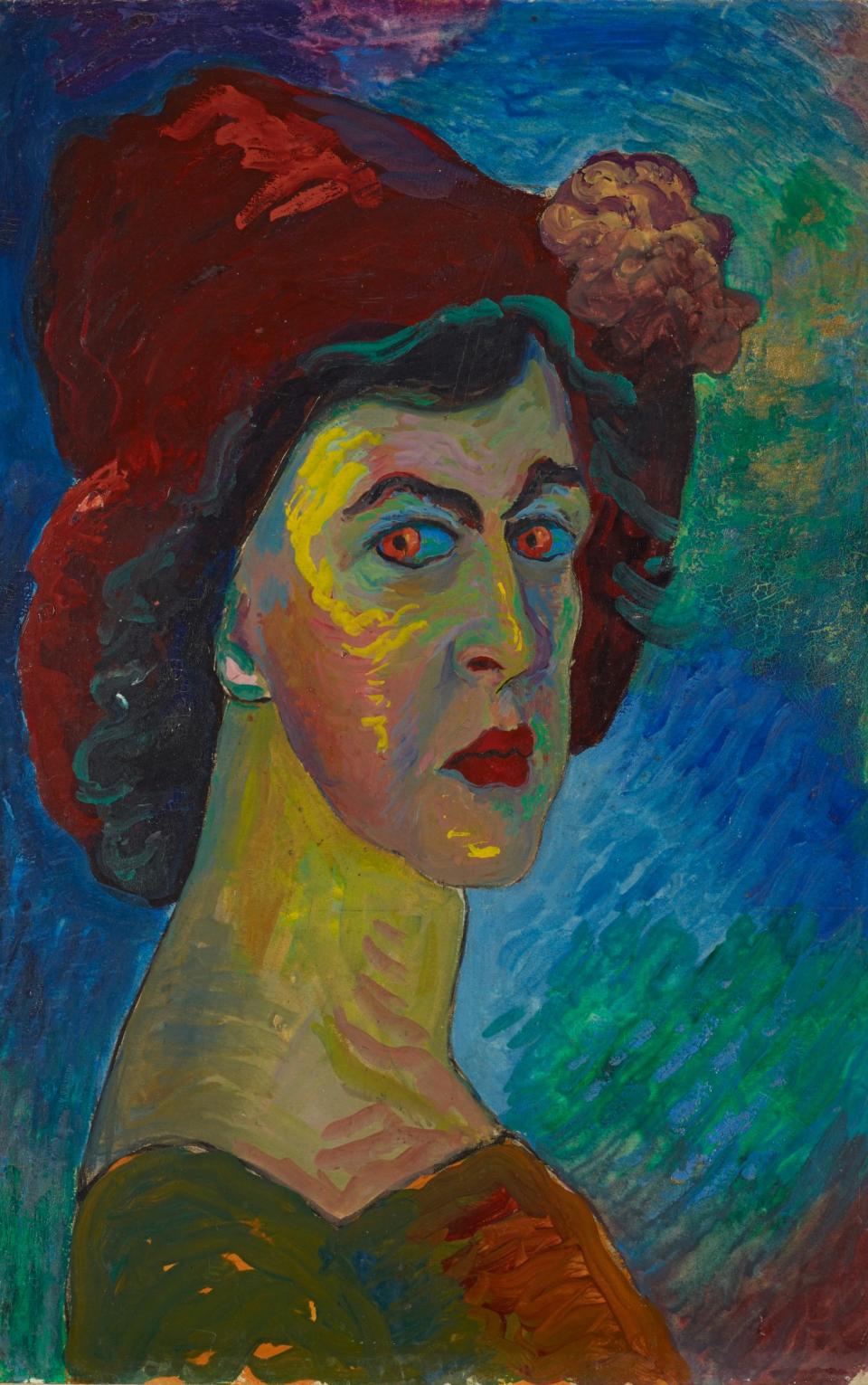
The Cow (1910) transforms a boring, bovine subject into a mystical creature covered with yolky blotches, as if its hide were patterned with fried eggs: it’s a wild and swooping composition, and an immense feat of imaginative wizardry – even more so than Marc’s multicoloured, coruscating herd, painted a year later, with its yellow cow bucking ecstatically, as if leaping over the moon, its udder wobbling in rapture.
As for Kandinsky’s fervid and turbulent, almost overwhelming abstract visions (inspired, in part, by Arnold Schönberg’s atonal music): they inundate the viewer with squirming, extra-terrestrial or microbial forms and fireballs, and, while this show would never admit it, are the reason for coming.
From April 25; information: tate.org.uk

